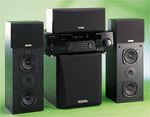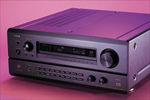LATEST ADDITIONS
|
Sep 07, 2000
|
Sep 06, 2000
|
Sep 03, 2000
|
Sep 03, 2000 |
First Published: Sep 04, 2000
|
Sep 03, 2000 |
First Published: Sep 04, 2000







